China 2007
November 2007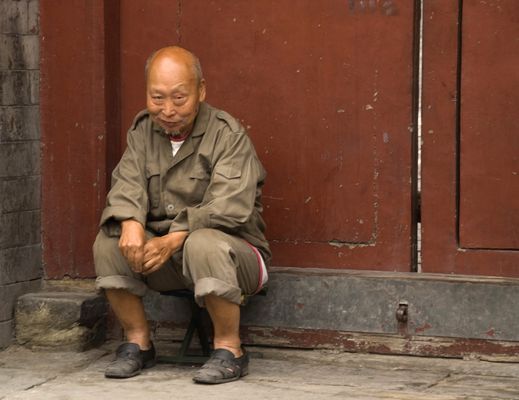
A two week trip to China included Shanghai, Xi’an and Beijing. So difficult to comprehend the scale of the world’s most populous country.
Thom Blake Historian

Some places of interest in Queensland and beyond.

A two week trip to China included Shanghai, Xi’an and Beijing. So difficult to comprehend the scale of the world’s most populous country.
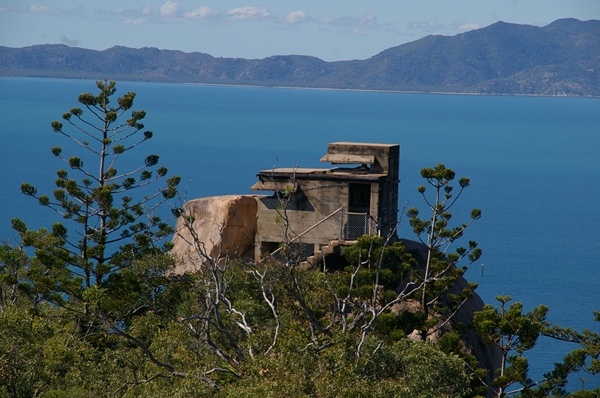
During World War 2, a series of fortifications were built along the Queensland coast as a defense against enemy attack. A fort complex was built on Magnetic Island, just offshore from Townsville. The complex was built between 1943 and 1945 and including a control post, observation post, gun emplacements, signal station and radar station.
After the war, the fort complex was abandoned, and all easily removable building material taken away. However, all the concrete structures survive remarkably intact. This complex is possibly the most intact in Queensland.
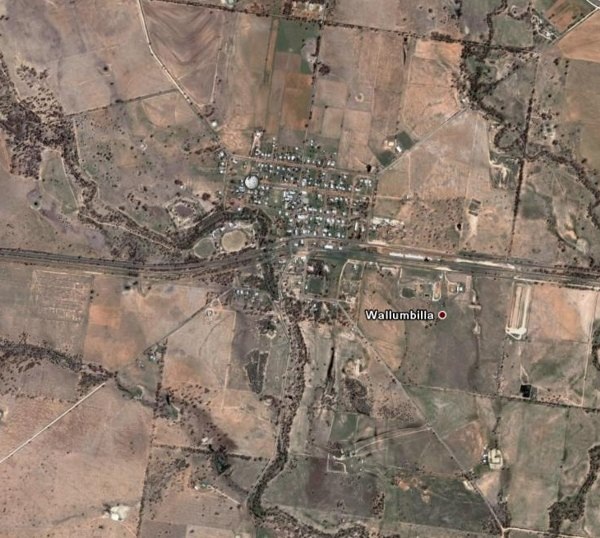
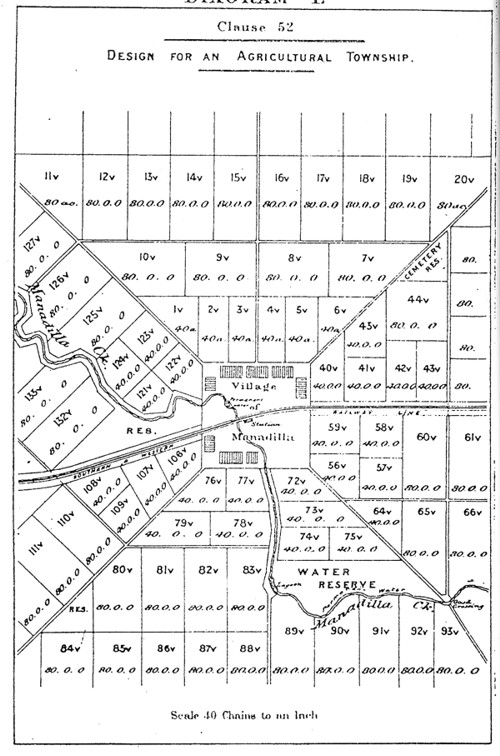
Wallumbilla is a small township west on the Warrego Highway east of Roma. Blink and you almost miss it. Just another small seemingly unremarkable settlement in the bush. But Wallumbilla makes a special and unusual contribution to Queensland history.
In the 1880s, the Queensland government embarked on a scheme of developing ‘village settlements throughout the colony. Village settlements were designed to attract colonists to the land. The planning of the settlement was based on the concept where settlers lived in a village and farmed a block of land outside the village. Almost like a medieval system. As a guide for surveyors, a typical plan was included in the Handbook for Surveyors. Twenty-nine village settlements were surveyed in Queensland but most did not succeed and little evidence survives.
Wallumbilla, as the aerial photography shows, survives as an a example of a village settlement.
The Queensland government produced a poster that extolling the virtues of village settlements. The poster was intended to attract migrants to Queensland. The poster can be viewed here.
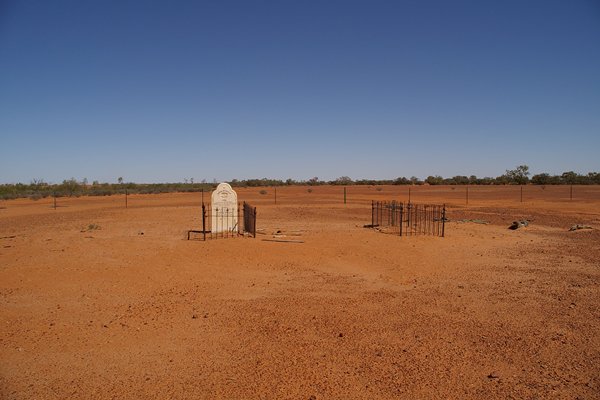
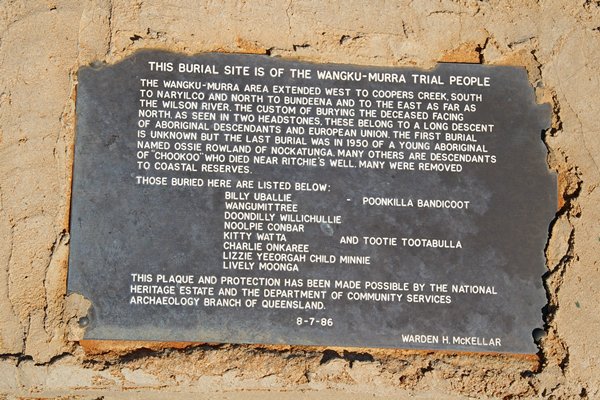
Noccundra was a small township established in the late 19th century in far southwest Queensland. It functioned a stop over for droving teams and also a service centre for surrounding pastoral stations. A hotel was built in the 1880s and later a police station. Now only the hotel remains.
The cemetery contains two marked graves and is typical of an isolated burial ground in the bush. But this cemetery is unusual. In the corner of the cemetery, is a plaque with the names of Aboriginal people who are buried there. The plaque was placed there on the initiative of Hazel McKellar from Cunnamulla who did so much to record the history of Aboriginal people in southwest Queensland.

Roof Trees was a fine example of a 1920s beach house at Redcliffe.
Rooftrees was built as a family holiday house in 1929 by Flora Harris. Rooftrees was designed almost as two houses built in a U shape joined in the middle by 2 big lounges separated by large sliding doors. These could be pulled back to create one large living room. The two houses were named Alpha and Beta, with the intention that Flora’s daughter and family could use the Alpha wing and Flora’s son’s family could use the Beta wing. Flora named the house Rooftrees in reference to the main beam which holds up the roof. Just like a tree, the house was to give shelter, enjoyment, protection and room to spread out for Flora’s family and friends.
The two halves were decorated differently. Alpha was decorated in red and green, including the furniture, bedspreads and curtains. Beta was decorated with orange and blue.
The house has subsequently been relocated from the site to another property north of Brisbane